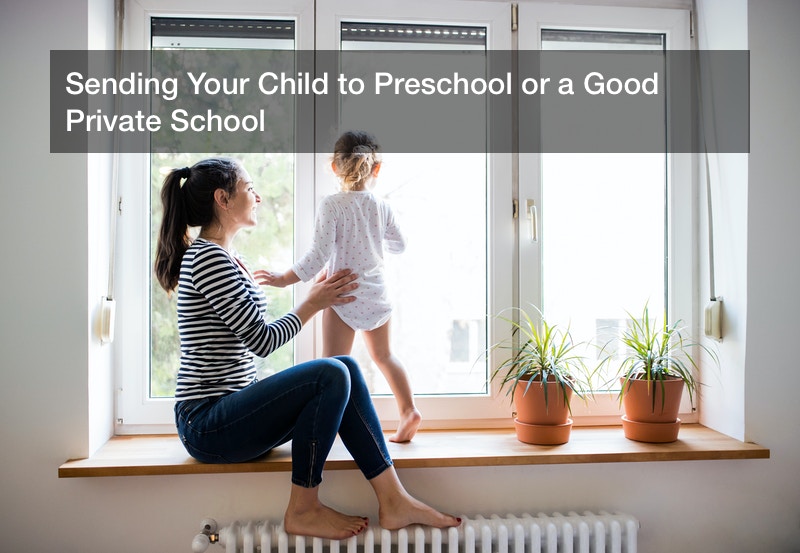
A good education is the key to any child’s future success, so naturally, parents will be deeply invested in the education that their child gets. When a family moves to a new city or county, or when the child becomes old enough for school, the parents may look online to find the right schools of the necessary type. This even involves preschools, as the benefits of preschool are many, whether at private schools or publicly funded preschools. Just what are the benefits of preschool, and how can parents find them? Choosing a preschool is something to take seriously, after all. The same is true of finding a good middle of high school, too.
The Quest for a Good Preschool
Attending preschool is not actually mandatory in the United States, but many parents see the benefits of preschool and send their children aged three to five to those schools. Statistics show that from 1990 to 2008, many more parents started sending their children to preschool, and households of many different backgrounds took part in this trend. The benefits of preschool are many, such as giving a child a chance to meet their peers and learn to get along with others, and young students will also learn how to learn and get used to following directions from adults who are not their parents. All of this can give a child a real head start on their education career before they start elementary school. So, when a family moves or their child turns three or four years old, the parents may look for these local preschools. It may be noted that preschools are not the same as day care centers, and parents might want to strike out day cares in any results list they find.
The parents may want to be fairly specific in their search, and include not just the name of their home city or town but also enter their ZIP code, too. The parents may also specify that they are looking for the best or top rated schools in the area, or that they are looking for public or private schools in particular. Doing this will bring up a whole list of results, and the parents may strike out schools that are too far away or those that are not currently accepting new students anyway. This narrows down the list, and the parents may tour the remaining schools with their child.
The family may visit those schools in person to evaluate them, and get a fair impression of what those schools are like. The parents may consult the teachers and staff there and review the school’s funding and see what programs it offers for the young students. The parents may also look into each teacher’s credentials, and consider their work experience, educational background, and more. Private preschools in particular may have generous funding and resources, in exchange for charging tuition to the parents. The child, meanwhile, will form his or her own impression of a preschool and decide if they feel comfortable there and get along with the staff. The whole family may tour a number of schools like this until they find one that suits their needs just right, and enroll their child there.
Middle and High Schools
A similar process may be used to find an elementary, middle, or high school for a prospective student, and attending these schools is certainly mandatory. When the family moves to a new area or when the child is ready to start kindergarten, the parents may look online to find good schools of the desired type. The family may tour those schools in person, and the prospective student may explain why they did or did not like a school. That child may also specify what they want a school to offer, such as a dedicated arts program, a marching band, a well-funded football or basketball team, or a swim team. Around 25% of these schools are private ones, which offer a top-tier education at the hands of expert teachers in exchange for tuition. This is a very attractive option for families that can afford it, but still, a top rated public school can be found and it may be nearly as good as private ones in some cases.
